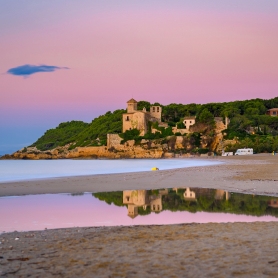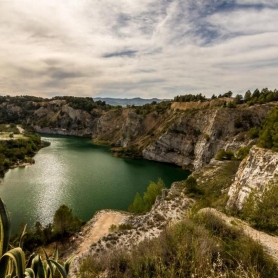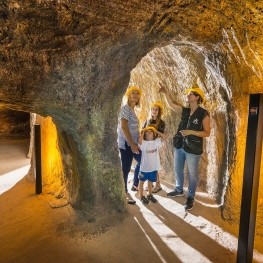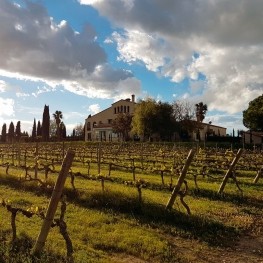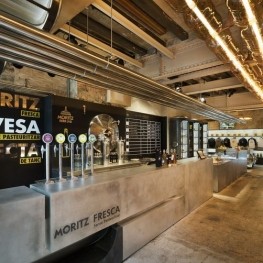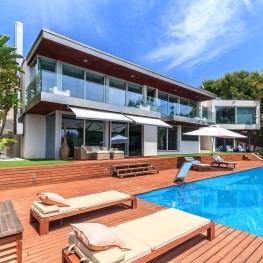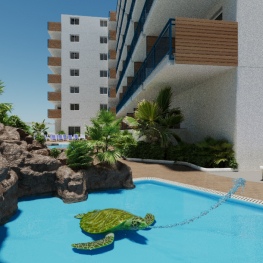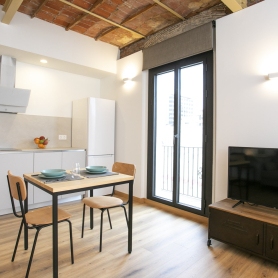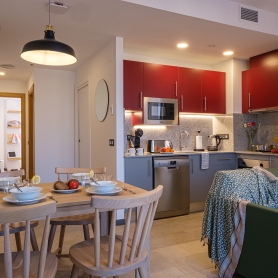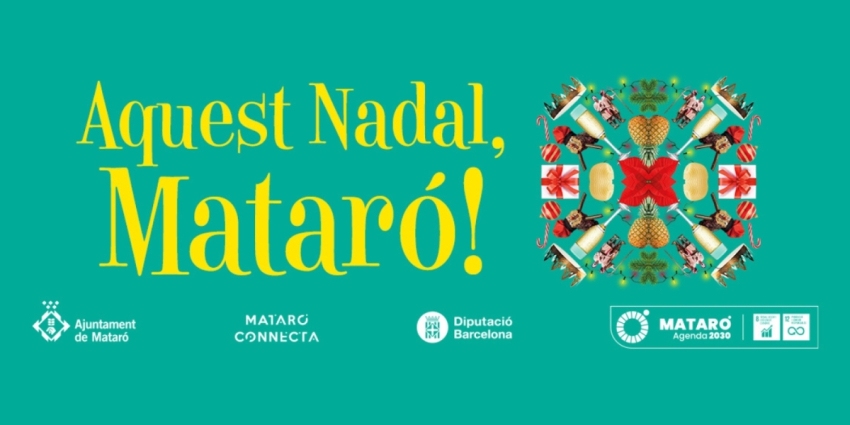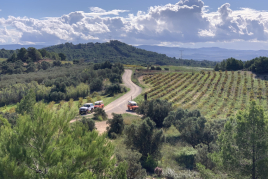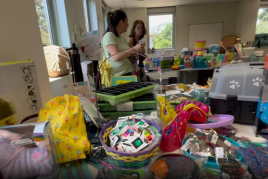150 years of the railway from Tarragona to Martorell
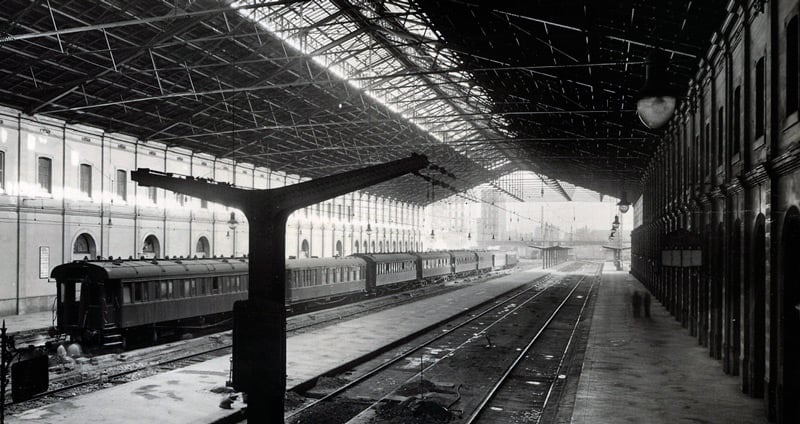
2015 marked the 150th anniversary of the arrival of the railroad that connected the lands of Penedés and Tarragona with Barcelona. This construction involved the connection, by rail, of two of the Catalan capital, Tarragona and Barcelona, which was non - existent so far.
The train departed originally from Tarragona and passed through stations Altafulla, Torredembarra, El Vendrell, L'Arboç, Monks, Vilafranca del Penedès, La Granada, Sant Sadurní and Gelida until finally at Martorell.
Route's villages
 During 2015 this anniversary was commemorated by eleven different entities have in common regain railway heritage - Institute of Penedesencs Studies, Friends of the Ferrocarril del Penedès Studies Center Altafulla, Port of Tarragona, Centro de Estudios Sinibald Mas Torredembarra, Friends of the History of the Vendrell, Regional Archive Baix Penedès, Railway Cultural Association of Tarragona and Friends Railway Martorell - which scheduled various events throughout the year such as the implementation of a commemorative train originating performed exactly the same way. Also generated diverse material, from which you can use today.
During 2015 this anniversary was commemorated by eleven different entities have in common regain railway heritage - Institute of Penedesencs Studies, Friends of the Ferrocarril del Penedès Studies Center Altafulla, Port of Tarragona, Centro de Estudios Sinibald Mas Torredembarra, Friends of the History of the Vendrell, Regional Archive Baix Penedès, Railway Cultural Association of Tarragona and Friends Railway Martorell - which scheduled various events throughout the year such as the implementation of a commemorative train originating performed exactly the same way. Also generated diverse material, from which you can use today.
The arrival of the railroad and the route it still represented a revolution in land transport and led to many changes in the territory, both scenic and communication as economic, social and urban. Then we will reveal more secrets about the arrival construction of this railway route with more than a century of existence.
The connection Martorell - Tarragona
 On 15 April 1865 the railway line was opened connecting Tarragona with Barcelona. Actually, it was thought that this would be operational a year earlier, specifically the June 30, 1864, but different incidents that delayed it as, for example, land subsidence occurred trench La Granada. Presumably, all this was due to a lack of planning time in the design of large railway lines.
On 15 April 1865 the railway line was opened connecting Tarragona with Barcelona. Actually, it was thought that this would be operational a year earlier, specifically the June 30, 1864, but different incidents that delayed it as, for example, land subsidence occurred trench La Granada. Presumably, all this was due to a lack of planning time in the design of large railway lines.
However, since trains circulating since 1853 between Barcelona and Molins de Rei; from Molins de Rei to Castellbisbal, in 1856; and from Castellbisbal to Martorell, from 1859. Also, Tarragona had, since March 1865, with line towards Valencia.
The company responsible for the construction of section Tarragona - Martorell was "Iron Road Center" which was established in 1853 to carry out the project.
 In addition to the difficulties in the construction of the work, there was also some controversy along the way. In November 1852 the railroad was granted Martorell to Reus, to Valls, although in 1851 had already been granted, provisionally, the construction of a railway from Barcelona to Tarragona.
In addition to the difficulties in the construction of the work, there was also some controversy along the way. In November 1852 the railroad was granted Martorell to Reus, to Valls, although in 1851 had already been granted, provisionally, the construction of a railway from Barcelona to Tarragona.
Also generated controversy the fact that the train to Barcelona go through Vilafranca instead of Vilanova. There has always been rivalry between these two populations - Vilafranca and Vilanova - and this issue generated again noise. Passing the train Vilanova assumed a difficult path that involved opening the Garraf coast and this was a complex task and costly. In fact, it was not until 1881 that could make this journey by rail, thanks partly to private investment.
 Since the launch of the section Tarragona - Martorell out two trains a day, one in the morning and one in the afternoon, in both directions. This situation changed after a few months when the frequency increased. Since that time increased the remarkable passage of trains especially animals and soldiers barracks Vilafranca del Penedès.
Since the launch of the section Tarragona - Martorell out two trains a day, one in the morning and one in the afternoon, in both directions. This situation changed after a few months when the frequency increased. Since that time increased the remarkable passage of trains especially animals and soldiers barracks Vilafranca del Penedès.
The year 1881 came also the railway Vilanova and Geltrú. This double the number of trains towards Tarragona, although departing from this station heading towards Valls.
With the passage of time also they changed the types of locomotives. The former were operated with steam and coal. But later they were replaced by diesel and fuel. The charm of old locomotives characterized by a chimney fuming is definitely ended the electrification of the network.
"Passengers, the train!"
When the line opened Martorell - Tarragona, this train to stop at eleven different seasons, Tarragona, Altafulla, Torredembarra, El Vendrell, L'Arboç, Santa Margarida i els Monjos, Vilafranca del Penedès, La Granada, Sant Sadurní d'Anoia, gelida and Martorell.
 During construction of the railway line, Tarragona already had a station between this city and Reus, and Martorell also had connections to Barcelona. But they did not have any train to communicate these two cities and the two Catalan capital - Tarragona and Barcelona - here 's the reason for the construction of this line.
During construction of the railway line, Tarragona already had a station between this city and Reus, and Martorell also had connections to Barcelona. But they did not have any train to communicate these two cities and the two Catalan capital - Tarragona and Barcelona - here 's the reason for the construction of this line.
The stops became twelve after approximately twenty years (1887) since the station Sant Vicenç de Calders located within the municipality of built El Vendrell and made it possible to link Inside Line railroad with of the coast. Stations and stops increased once again, with the construction of the stopping of Lavern - Subirats.
 Initially, this new route premiered in 1865, it had a unique way, but with the increase in new circulations is doubled. Thus, between 1926 and 1930 the second route was that between Tarragona and San Vincente de Calders This was not reproduced in the stretch San Vincente de Calders -. Martorell, since the existence of the railway coastline passing by Vilanova and Geltrú he stopped having prominence and became a second section. However, eventually, half of the 80s and 90s could have double track.
Initially, this new route premiered in 1865, it had a unique way, but with the increase in new circulations is doubled. Thus, between 1926 and 1930 the second route was that between Tarragona and San Vincente de Calders This was not reproduced in the stretch San Vincente de Calders -. Martorell, since the existence of the railway coastline passing by Vilanova and Geltrú he stopped having prominence and became a second section. However, eventually, half of the 80s and 90s could have double track.
Cited as anecdotal, during the commemoration of the 150th anniversary of the line Martorell - Tarragona, composer Carlos Sanz created a set of short pieces of music each dedicated to populations where the line was stopped.
The impact on the territory
The arrival of the train was seen by some as a monster that made a terrible noise and kept out a lot of smoke, for some others like a horse with wheels going at high speed and others received as a fierce machine that made them competitive. However, for all of them, the railway line with the route Tarragona - Martorell, while making improved transport connections and was a driving force for change in their lives.
The tracks and iron bars that form were transforming the landscape to make way for a shuttle, so far, the fastest moving existing roads and highways.
 This new roads benefited economic activity, especially the wine and land, the Penedès and Tarragonès, as companies found new ways of marketing and export can reach the two most important Catalan ports, of Tarragona and in Barcelona. In addition, encouraged the emergence of new businesses and entrepreneurs and generated in the case, for example, Vilafranca del Penedès that allocate wine stores around the city station.
This new roads benefited economic activity, especially the wine and land, the Penedès and Tarragonès, as companies found new ways of marketing and export can reach the two most important Catalan ports, of Tarragona and in Barcelona. In addition, encouraged the emergence of new businesses and entrepreneurs and generated in the case, for example, Vilafranca del Penedès that allocate wine stores around the city station.
On a more personal and social level, people became acquainted with this new transport, which became essential in their daily lives.
 The railway line between Tarragona and Martorell assumed an industrial revolution in all aspects. However, with the emergence of the new coastline passing through Vilanova and Geltrú, this connection lost importance and prominence. Today, for example, only use this line trains to transport goods, a dozen companies, including Seat in Martorell.
The railway line between Tarragona and Martorell assumed an industrial revolution in all aspects. However, with the emergence of the new coastline passing through Vilanova and Geltrú, this connection lost importance and prominence. Today, for example, only use this line trains to transport goods, a dozen companies, including Seat in Martorell.
Moreover, it has been forced to live, too, with high - speed trains, for those who have built in some sections, parallel lines.
Stop and inn
 "Parada y fonda" is a term popularly known and widespread. This expression alludes to the hard lives of Machinists and railwaymen. With long journeys performed valued the fact of meeting with co-workers during stops and being able to eat together around a good rail pot.
"Parada y fonda" is a term popularly known and widespread. This expression alludes to the hard lives of Machinists and railwaymen. With long journeys performed valued the fact of meeting with co-workers during stops and being able to eat together around a good rail pot.
The railway was a stew pot with beef, vegetables and potatoes.
What to do
Centre d'interpretació de l'aviació republicana i guerra aèria
Santa Margarida i els Monjos (a 1.2 Km)The CIARGA (Interpretation Center for Republican Aviation and the Air War) is…
Where to eat
Bodega Miquel Jané
Font-rubí (a 8.1 Km)Discover the world of wine with our comprehensive viticulture and oenology courses,…
Arena Tapas Restaurant
Salou (a 10.9 Km)Enjoy an innovative cuisine, with high-quality local products of proximity, with an…
L'Orangerie de Clos Barenys
Vila-seca (a 12.8 Km)Under our fires, we prepare haute Mediterranean cuisine by selecting the finest…
Fàbrica Moritz Barcelona
Barcelona (a 21.9 Km)The Moritz Factory Barcelona is a unique space, divided into three floors,…
Where to sleep
Universal Holiday Centre
Salou (a 10.2 Km)Apartments and townhouses for families, with ocean views and large terraces, can…
Apartaments Áncora Salou
Salou (a 10.3 Km)Enjoy a new concept in apartments, designed with every detail so you…
Apartaments TGNA Reding 22
TarragonaTGNA Reding 22 is an apartment building located in the heart of…
Apartaments TGNA Reial 1
TarragonaTGNA Reial 1 is an apartment building ideally located in Tarragona, just…



